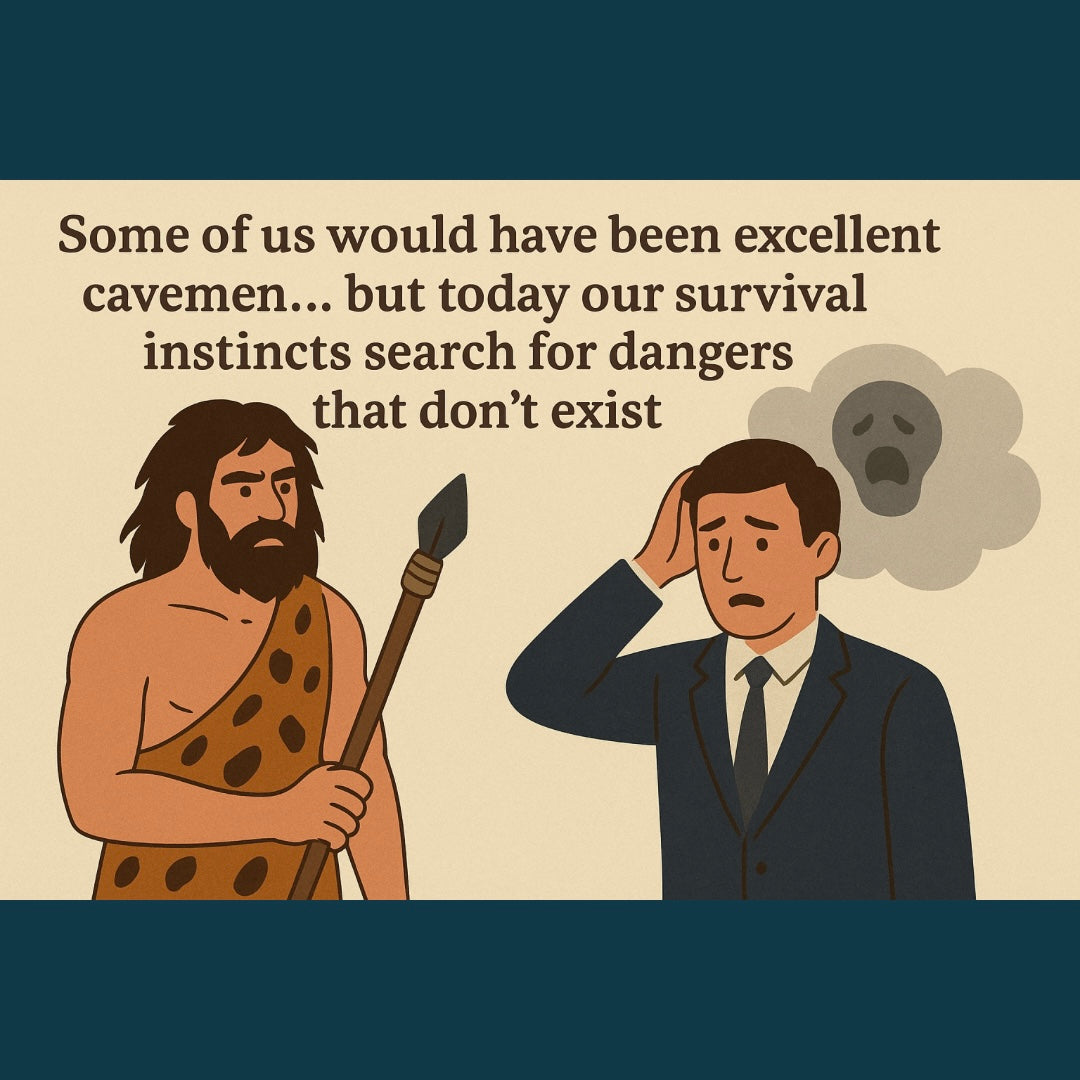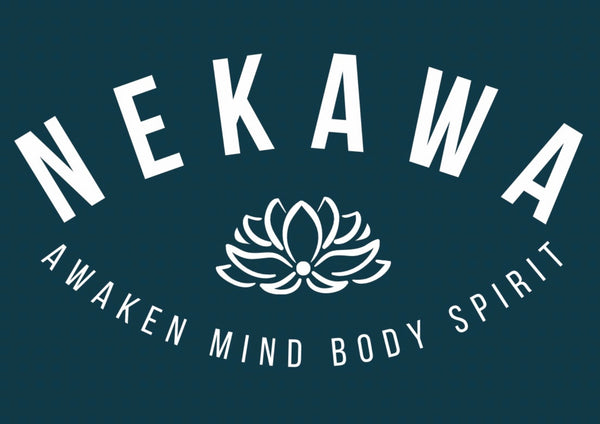
When the Subconscious Mind Holds On: How Past Experiences Shape Weight, Pain, and Anxiety
Share
Our past experiences - both big and small - shape us. Sometimes they shape us in ways we are fully aware of, and sometimes in ways that sit quietly beneath the surface.
For many people struggling with weight, persistent pain, or mental overwhelm, these struggles are not simply “problems to fix.” Instead, they can be signs of the subconscious mind stepping in with its number one job: PROTECTION.
Why the Mind Holds On
The subconscious mind is always scanning for safety. When a difficult or overwhelming event occurs, the subconscious can create a message that sounds something like:
-
“If I hold onto this weight, I’ll be safer and less vulnerable.”
-
“If I keep this pain, I won’t overdo it or put myself at risk again.”
-
“If I stay anxious, I’ll always be prepared for the next challenge.”
At the time, this protective mechanism may have felt essential. But as life moves on, these internal messages can become outdated. Instead of keeping us safe, they keep us stuck.
The Brain’s Shortcuts and Neuroplasticity
The brain always remembers the quickest and easiest memory association to a trigger. Neuroscience tells us that when we encounter a familiar situation, the brain doesn’t carefully re-analyse every detail - it defaults to the last emotional memory connected with it (LeDoux, 1996).
So, if the last time you spoke in public your body went into panic mode, the next time you stand up to speak, your brain automatically replays the same survival pattern. This is our primal mechanism at work - driven by areas like the amygdala (the brain’s alarm system) and brainstem reflexes.
Once upon a time, this instinct was lifesaving. If you met a saber-tooth tiger once, you didn’t stop to rethink it the second time… you ran. That instant association ensured survival.
But in our modern world, we don’t face tigers. Instead, the same circuitry reacts to a difficult meeting, a crowded room, or even unprocessed past trauma. I often reflect with my clients that some of us with strong reactive instincts would have been excellent cavemen. Yet today, those same instincts can keep us searching for dangers that simply aren’t there.
A Gentle Invitation to Reflect
Sometimes the first step toward change is simply pausing to ask yourself:
- When did my mind first decide to protect me in this way?
- What moment created this belief?
Even if you don’t have an immediate answer, the act of turning inward begins to loosen the old patterns. Awareness creates space for growth.
When we are triggered, it’s common to become diffracted from the body - split between our core self and the protective reaction. This is the nervous system pulling us into survival mode. In that state, we may feel disconnected, hyper-alert, or even numb.
The process of internal reflection helps us reconnect with our core, re-centre, and allows us to recognise:
-
Why our body reacts the way it does,
-
How those reactions once kept us safe, and
-
That we have choice in how to respond today.
This practice is the essence of emotional intelligence: the ability to notice, name, and work with our inner landscape. It’s also a path to psychosomatic healing and body-mind integration: moving from reactivity to self-understanding, and from self-understanding to growth.
Research Connection
-
Psychosomatic medicine has long recognised that unresolved emotions often manifest as physical symptoms. Studies confirm the intimate link between psychological states and bodily expression (Fava & Sonino, 2010).
-
Hermann Müller’s work on Psychosomatic Anatomy suggested that the body reflects psychological conflicts in its tissues and structures - our “holding patterns” are both metaphorical and physical.
-
More recently, Bessel van der Kolk (The Body Keeps the Score, 2014) has highlighted how trauma is stored in the body, and how reconnection is central to integration and healing.
By learning to listen inwardly, we move from fragmentation back into wholeness.
Pathways to Release
The good news is that the subconscious mind can learn. Just as it once created protective messages, it can also release them.
Research in neuroplasticity shows that the brain is capable of rewiring and forming new pathways throughout life (Doidge, 2007). This means old protective responses don’t have to be permanent. Through approaches such as hypnotherapy, craniosacral therapy, and nervous system regulation, the body and mind can be gently guided into safety, helping transform protective patterns into freedom.
This isn’t about erasing the past - it’s about shifting the body’s relationship to it. Instead of holding on “just in case,” the subconscious learns that it’s okay to let go, to soften, and to live with more balance, resilience, and emotional freedom.
Moving Forward
If you’ve been struggling with weight, pain, or anxiety, consider that your body might not be failing you - it might simply be protecting you. With the right support, healing from past experiences becomes possible, those protective layers can be released, allowing your mind and body to reconnect, integrate, and thrive whilst creating space for balance, resilience, and authentic wellbeing.
References:
-
LeDoux, J. (1996). The Emotional Brain. Simon & Schuster.
-
Fava, G.A., & Sonino, N. (2010). Psychosomatic medicine: Emerging trends and perspectives. Psychotherapy and Psychosomatics, 79(1), 1–18.
-
Müller, H. (1949). Psychosomatische Anatomie. Stuttgart: Georg Thieme Verlag.
-
Doidge, N. (2007). The Brain That Changes Itself. Viking.
-
van der Kolk, B. (2014). The Body Keeps the Score. Penguin Books.
